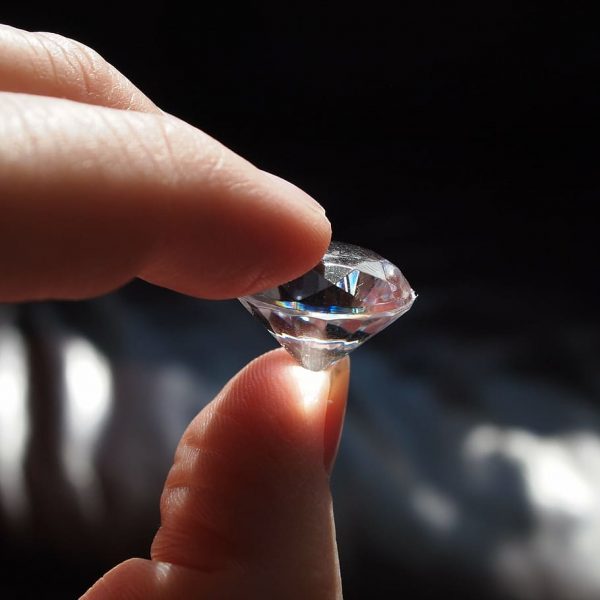
Over one million people will get engaged on Valentine’s Day, and as a result, diamond sales usually uptick around this time. Diamonds are both historical and cultural objects; they carry meaning for many — symbolizing love, commitment, and prestige. Diamonds are highly coveted objects, and scholars have found about 90 percent of American women own at least one diamond. In the 1990s, war spread throughout West Africa over these precious pieces of carbon, as armed political groups vied for control over diamond mines and their profits.
- Susan Falls. 2014. Clarity, Cut, and Culture: The Many Meanings of Diamonds. NYU Press.
- G. Smith. 2003. “The allure, magic, and mystery — A brief history of diamonds” The Journal of the South African Institute of Mining and Metallurgy.
Given their role in financing brutal West African civil wars, diamonds became associated with violence and international refugee crises, rather than financial prosperity and love. Diamonds became pejoratively known as blood diamonds, or conflict diamonds, and consumers became more likely to perceive diamonds as the result of large scale violence and rape. As a result, major diamond producers have attempted to reconstruct the symbolic meaning of diamonds, turning them into symbols of international development and hope.
- Lansana Gberie. 2009. African civil society, ‘Blood diamonds’ and the Kimberley Process. In Movers and Shakers: Social Movements in Africa, Ellis & van Kessel (eds). Brill Publishers: Leiden.
- Gavin Hilson & Mark Hirons & Robert Pijper. 2011. “When Diamonds Go Bust: Contextualising Livelihood Changes in Rural Sierra Leone.” Journal of International Development 23: 1068-1079.
As the diamond trade became immoral and socially unjust, new global norms emerged around corporate and consumer responsibility. Non-governmental organizations (NGOs) lobbied for the diamond industry to change their behaviors and support of conflict mines while simultaneously creating new global norms and expectations. In the early 2000s, international NGOs, governments and the diamond industry came together to develop the Kimberley Process — to stop the trade of conflict diamonds. Today, 75 countries participate, accounting for 99% of the global diamond trade.
- Lauren Bruffaerts. 2015. “A diamantine struggle: redefining conflict diamonds in the Kimberley Process.” International Affairs 91(5): 1085-1101.
- Franziska Bieri and John Boli. 2011. “Trading Diamonds Responsibly: Institutional Explanations for Corporate Social Responsibility.” Sociological Forum 26(3): 501-526.

Comments